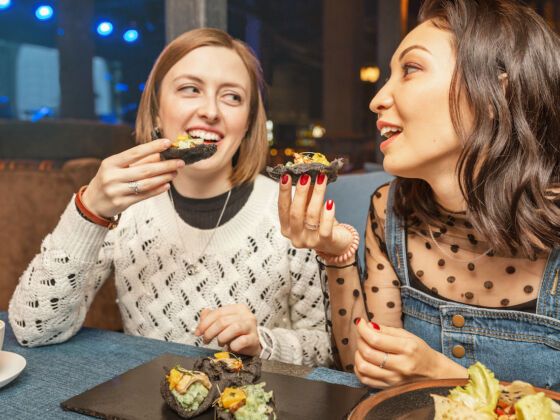As much as I like to complain about New York — how it’s too expensive, how in most parts it’s been gentrified beyond recognition, how the subways seem to randomly switch to express routes without notice — it will always have at least one thing going for it: its restaurants.
When you say you live in New York, one of the comments you hear most is, “Wow, you must eat some great food.” And although the statement has become as stale as late-evening Balthazar bread, it is nonetheless true. There are Chinatown hole-in-the-walls, Michelin-starred Midtown classics, overpriced Meatpacking haunts, polished West Village gems, grungy East Village dives, jazzy Harlem hotspots, trendy Williamsburg diners — really any type of food in any borough at any time of the day.
